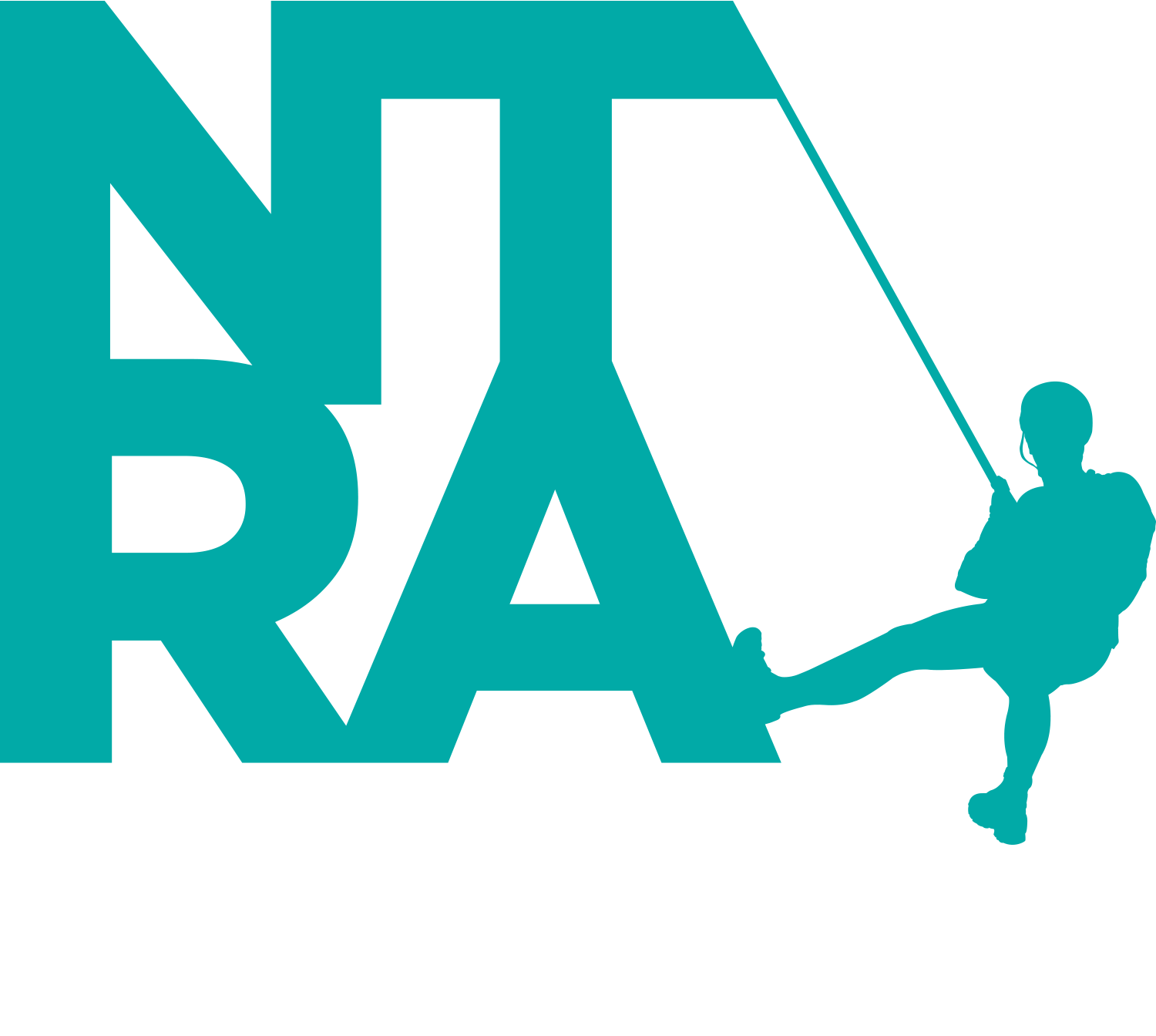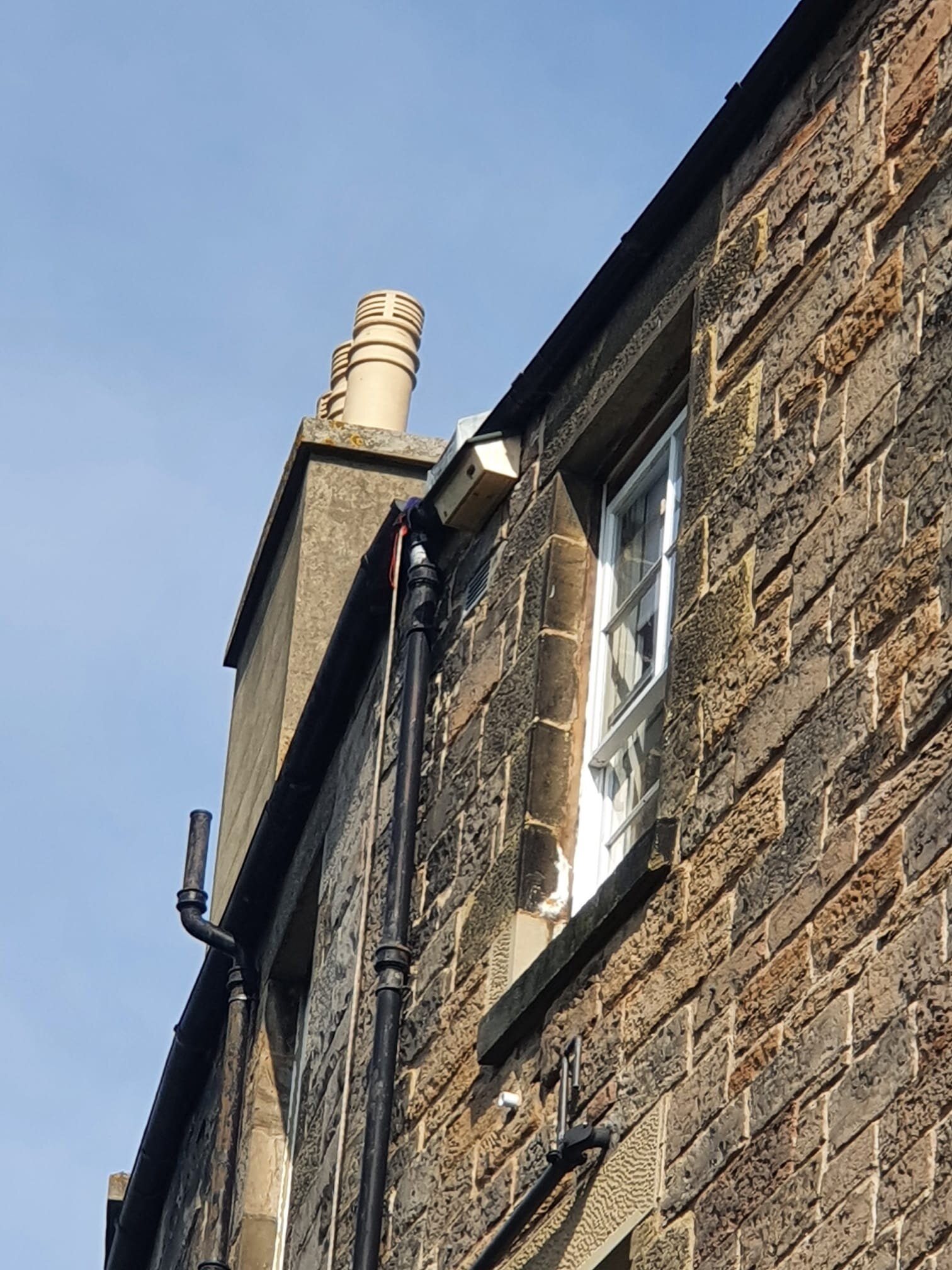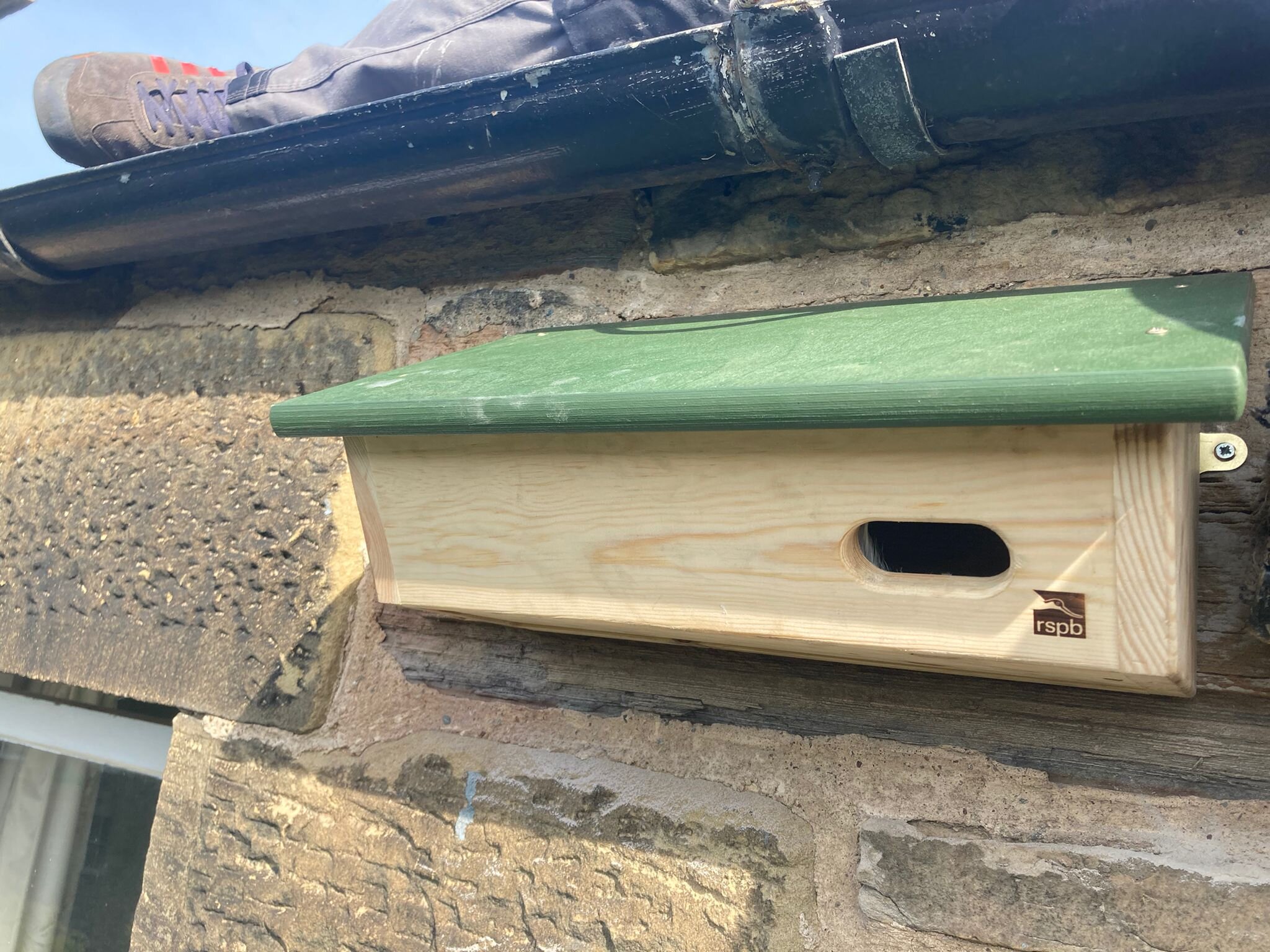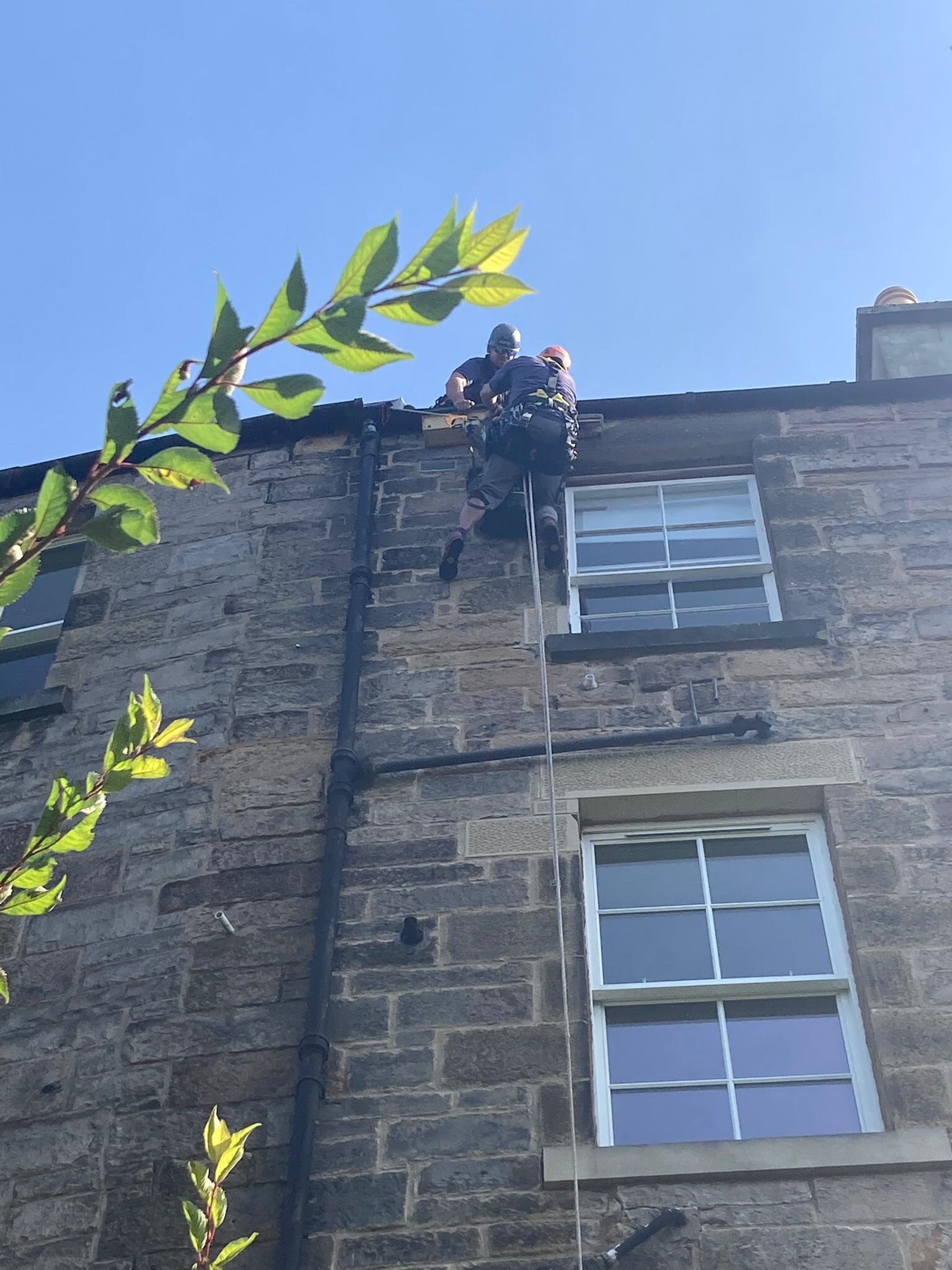You might be wondering why an Edinburgh Rope Access company is writing about swifts? After all apart from the height factor what else do we have in common with these long distance flying birds.
Well the answer is conservation, and more specifically the installation of swift boxes.
Read on to find out more about these birds and how rope access can help in the fight to grow their numbers.
1. What is a swift?
A swift is a medium-sized bird famous for its superb flying. In level flight they can reach speeds of up to 105mph! On migration they fly up to 800km in a day and in one year they will cover up to 200,000km!
Some migrate as far as South Africa in winter.
Spending much of their life flying, swifts can even eat, sleep and mate in flight. They are extraordinary birds.
2. Why are swifts in decline?
The swift population in Britain has halved in the last 20 years. They are now on the amber list of birds of conservation concern.
This decline is due to the fact that their nests tend to be in older buildings within roof spaces, cracks in eaves, gables and under gutters. These nesting sites have disappeared in recent years with buildings demolished or refurbished.
Scaffolding and modern building practices such as building wrap and flat roof tiles all affect their nesting.
Many swifts will return to Britain in the spring and find their nest has been lost or destroyed.
3. What are swift boxes?
With this decline in the population of swifts, a man-made solution is helping create new nest sites.
Swift boxes are easy to make or you can buy one already made. The RSPB for example sell ones that are ready to install.
There are many different kinds available from plastic to wood and fibreglass. Installing these swift boxes will help to preserve inner city populations.
4. Where should you fit a swift box?
As swifts prefer to nest in a high location on buildings under the eaves and behind gutters, place your swift box there, at least 15ft up. That is where the team at New Town Rope Access can help.
They can also be placed on exposed walls with no eaves as long as there is shade. If this is the case the swift box needs to be weatherproof.
Your swift box should face a North-West or North-East direction to avoid the glare of the midday sun. This is very important as swifts and their young can die in hot temperatures.
As swifts fly straight into their nesting sites there should be nothing to block their flight path. Also make sure the entrance is not near to any possible predators and their means of access such as trees or cables.
5. How many swift boxes should you install?
You should provide at least two separate boxes as swifts nest in colonies not in isolation. The other solution is one box with multiple compartments.
6. Installing your swift box
You should install a swift box at height, and the safest way to do that is to employ a rope access team to help.
The boxes need to be secured tightly to the wall and most come with fittings including screws and brackets.
Once fitted you don’t need to clean the boxes. Swifts nest in the same place often for many years without cleaning it.
A good swift box should be durable and last many years.
Find out further information on swift conservation at the RSPB or at Swift Conservation.
Get in touch with us today if you would like more information on fitting your own swift box.






